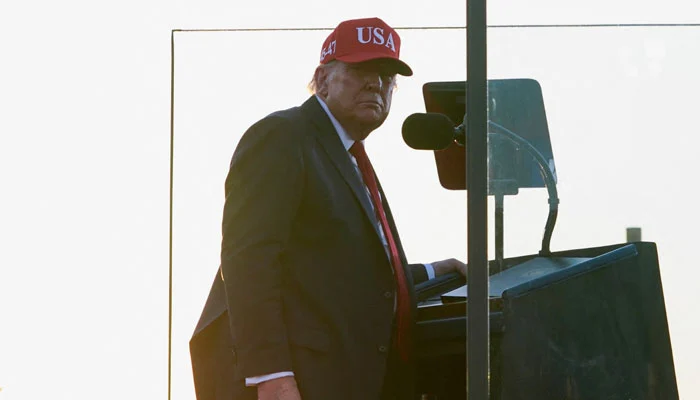US stock futures showed minimal movement early Tuesday as investors reacted to President Donald Trump’s new tariff threats. Futures tied to the Dow Jones Industrial Average hovered just below the flat line, while S&P 500 futures rose by 0.1%. The Nasdaq 100 futures gained slightly, up 0.2%, as the market absorbed political and global trade tensions.
The muted performance followed a decline on Monday, after Trump posted letters to 14 nations on his Truth Social platform. The letters warned of tariffs ranging from 25% to 40% beginning August 1. Key US trade partners such as Japan, South Korea, Malaysia, Indonesia, and South Africa were included in the list.
Trump Delays “Liberation Day” Tariffs
President Trump signed an executive order on Monday to delay the return of broad April tariffs—referred to by his administration as “Liberation Day” levies—until August 1. The White House said more letters could be sent to other nations in the coming weeks, adding uncertainty to the global trade outlook.
Ben-Gvir Urges Netanyahu to Quit Hamas
South Korea was the first to respond publicly, saying it would now accelerate trade negotiations with the US, calling the new deadline an “extension of the grace period.” Other nations have yet to issue official responses, but experts warn the move could escalate tensions if diplomacy fails to progress quickly.
With a relatively quiet economic calendar this week, Wall Street’s focus has shifted squarely to trade. Federal Reserve minutes from June’s meeting are expected Wednesday, while Delta Airlines will kick off the second-quarter earnings season on Thursday.
Oil Prices Dip as Tariff Concerns Grow
Global oil prices edged lower early Tuesday as the market digested Trump’s tariff threats. At the same time, OPEC+ announced it will increase oil supply in August, adding to pressure on prices. The price of West Texas Intermediate (WTI) fell below $68, while Brent crude dipped toward $69 a barrel.
Analysts say traders are watching the impact of tariffs on global growth and oil demand. Haris Khurshid, Chief Investment Officer at Karobaar Capital LP, said, “The new tariff threats from the US could hurt demand forecasts and add fresh risks for global markets.”
Despite the early dip, oil had closed higher on Monday, after sliding at the open. OPEC+ cited rising summer fuel demand as a reason to increase supply. Saudi Arabia also raised prices on its crude shipments to Asia, signaling confidence in regional consumption.
Investors Brace for Uncertainty Ahead
Though the August 1 deadline provides time for talks, markets are likely to stay on edge. Trump’s new tariff push comes just months before the 2024 presidential election, adding political risk to economic volatility.
Investors are also closely monitoring whether the Federal Reserve will signal any changes in its rate path, especially with inflation and growth numbers still sending mixed signals. For now, market reaction remains measured, but sentiment could shift quickly if trade tensions rise or economic data surprises.
Follow us on Instagram, YouTube, Facebook, X and TikTok for latest updates
